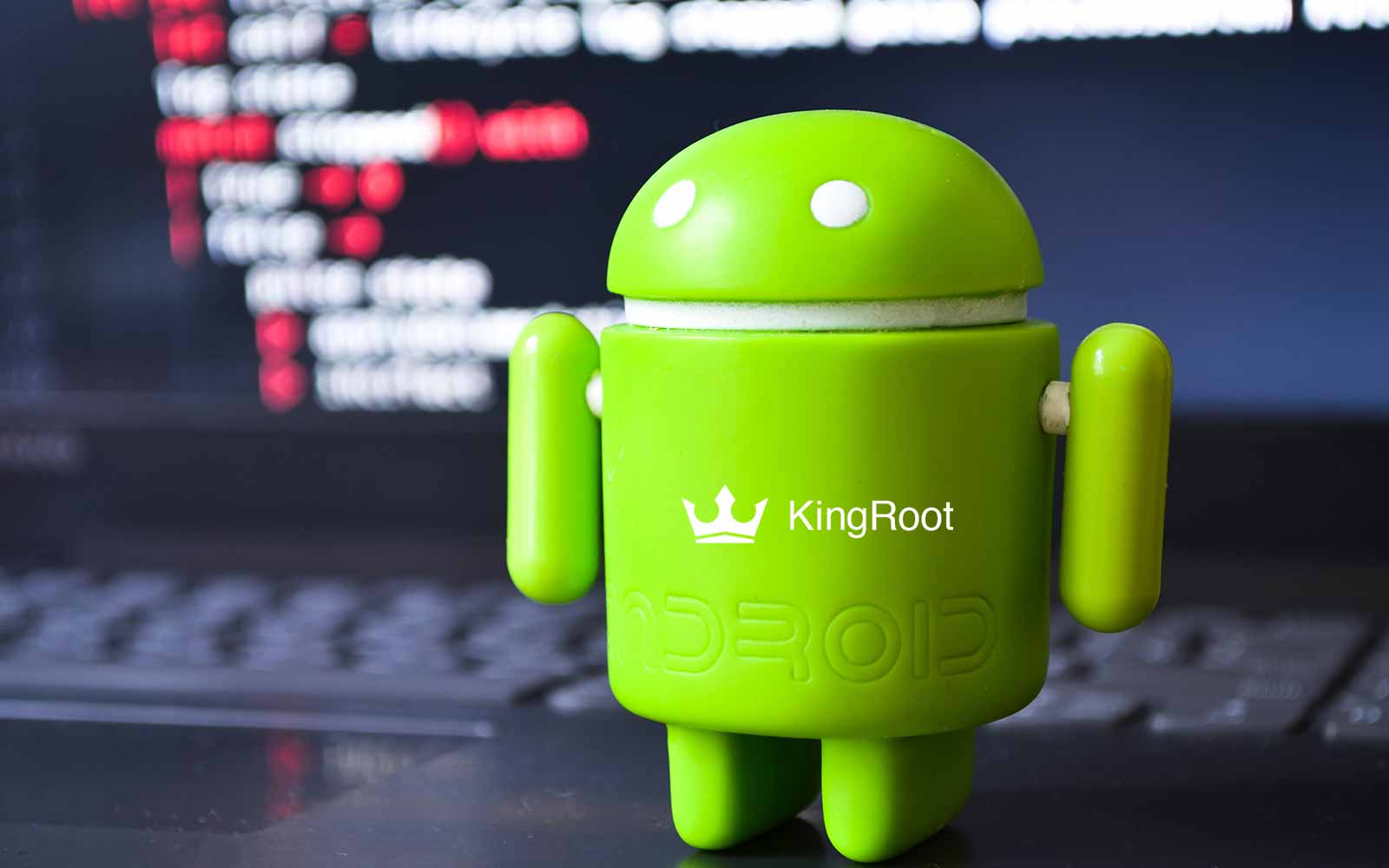As we march steadily forward into the digital age, smartphones continue to permeate every corner of our lives. They are no longer mere communication devices; they are our personal assistants, entertainment centers, and digital companions. But despite their ubiquity, many of us are unfamiliar with the full range of possibilities these devices offer. One such opportunity lies in the world of Android rooting. This blog post will explain what Android rooting means, discuss its safety, and show you the simplest way to root your Android device using KingRoot.
What is Android Rooting?
In the world of Android, the term ‘rooting’ often arises. For the uninitiated, rooting may sound a bit daunting. In essence, rooting refers to the process of gaining ‘root’ access or ‘administrative’ privileges to the operating system of your device. In simple terms, it’s like obtaining the master key to unlock all the doors in a large building, where the building is your Android device.
By default, Android users operate their devices with certain usage restrictions, imposed for safety and stability reasons. However, rooting allows you to bypass these restrictions and tap into the full potential of your device. With root access, you can install apps that require deep system access, remove bloatware, customize every part of your system, enhance battery life, and even increase your device’s processing speed.
What Does ‘Root’ Mean in Android?
The term ‘root’ in Android derives from the Unix/Linux world, which is the foundation of Android. In these operating systems, the ‘root’ user is equivalent to the Administrator on a Windows system. The root user has full administrative rights and complete control over all aspects of the system.
In the context of Android devices, to ‘root’ your device means to gain this administrative or ‘superuser’ access. When you buy an Android device, you’re just a guest user on the device. You’re allowed to use it, customize it to a certain extent, download apps, but you don’t have full access to the deeper workings of the system.
Rooting your device, therefore, is the process of obtaining this superuser permission for your Android’s subsystem. It’s like having a VIP pass at a concert; you can go anywhere you want, do anything you wish. This access allows you to modify system files, change boot images, delete pre-loaded applications, and perform other functions that are typically inaccessible to a regular Android user.
However, just like a VIP pass needs to be used responsibly, so does root access. Misuse can lead to system instability or even render your device unusable. But used wisely, it can unlock your Android’s full potential and significantly enhance your user experience.
Is it Safe to Root Your Android Phone?
The safety of rooting your Android phone is a hotly debated topic. There’s no straightforward answer because it largely depends on how you use the root access.
Rooting your device does entail certain risks. For instance, you could potentially brick your phone (render it as useful as a brick) if the rooting process goes wrong. Furthermore, rooting your device usually voids the warranty. Rooting also makes your device more vulnerable to malware because you’re bypassing security restrictions put in place by the manufacturer.
However, if you’re careful about the apps you install and use root access responsibly, you can minimize these risks. Always ensure you download apps from trusted sources, and be aware of the permissions you grant to each app. Rooting isn’t inherently dangerous; it’s how you manage the access that can potentially make it risky.
The Easiest Way to Root Android
When it comes to rooting your Android device, one tool stands out due to its simplicity and effectiveness – KingRoot. KingRoot is a popular one-click root software. As the name implies, it lets you root your Android device with a single click, saving you from the complicated steps that traditional methods involve.
Here’s a step-by-step guide on how to use KingRoot:
- Back Up Your Data: Before you start, back up all the data on your phone. While KingRoot is safe, it’s always better to be prepared for any eventuality.
- Download and Install KingRoot: Visit the official KingRoot website to download the APK file. Once downloaded, you’ll need to install it. If your device blocks the installation, go to your phone settings and allow installation from unknown sources.
- Launch KingRoot and Start Rooting: Open the KingRoot app, and you’ll see a big button that says “Start Root” or “Try it”. Click on this button to start the rooting process.
- Wait for Rooting to Complete: Once you start the rooting process, you’ll see a progress bar. Do not interrupt this process. It may take a few minutes, so be patient.
- Check Root Status: Once the process is complete, you can check the root status of your device. If the rooting was successful, you’ll see a checkmark and the message “
Summary
Rooting an Android device means gaining superuser or administrative access, allowing you to bypass manufacturer-imposed limitations and unlock your device’s full potential. It’s a powerful tool that can allow you to customize your device, improve its performance, and run specialized apps. However, it also carries risks, such as voiding your warranty, making your device more susceptible to malware, and potentially rendering your device non-functional if done incorrectly.
The tool KingRoot simplifies this process, allowing users to root their Android devices with just a single click. But as with all powerful tools, it should be used responsibly. Always back up your data, be careful about the apps you install, and ensure you understand the implications of rooting before proceeding.




